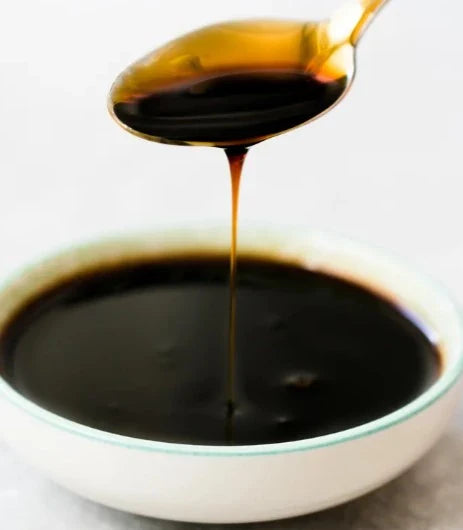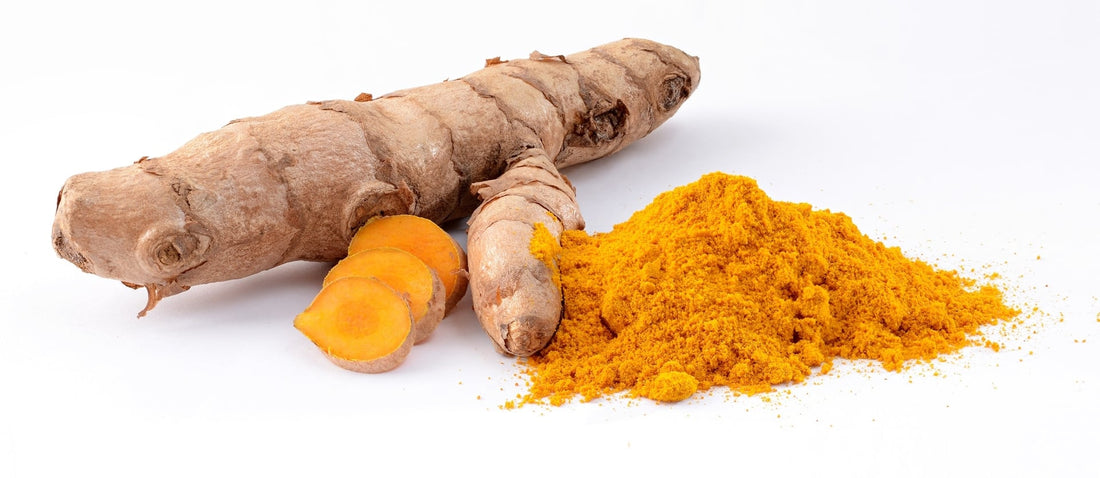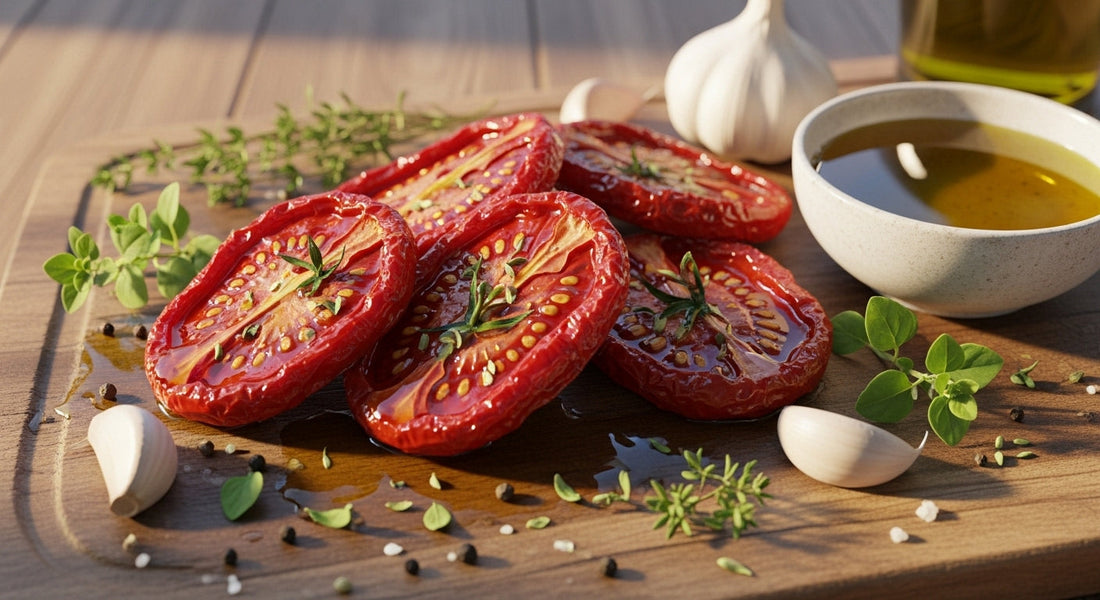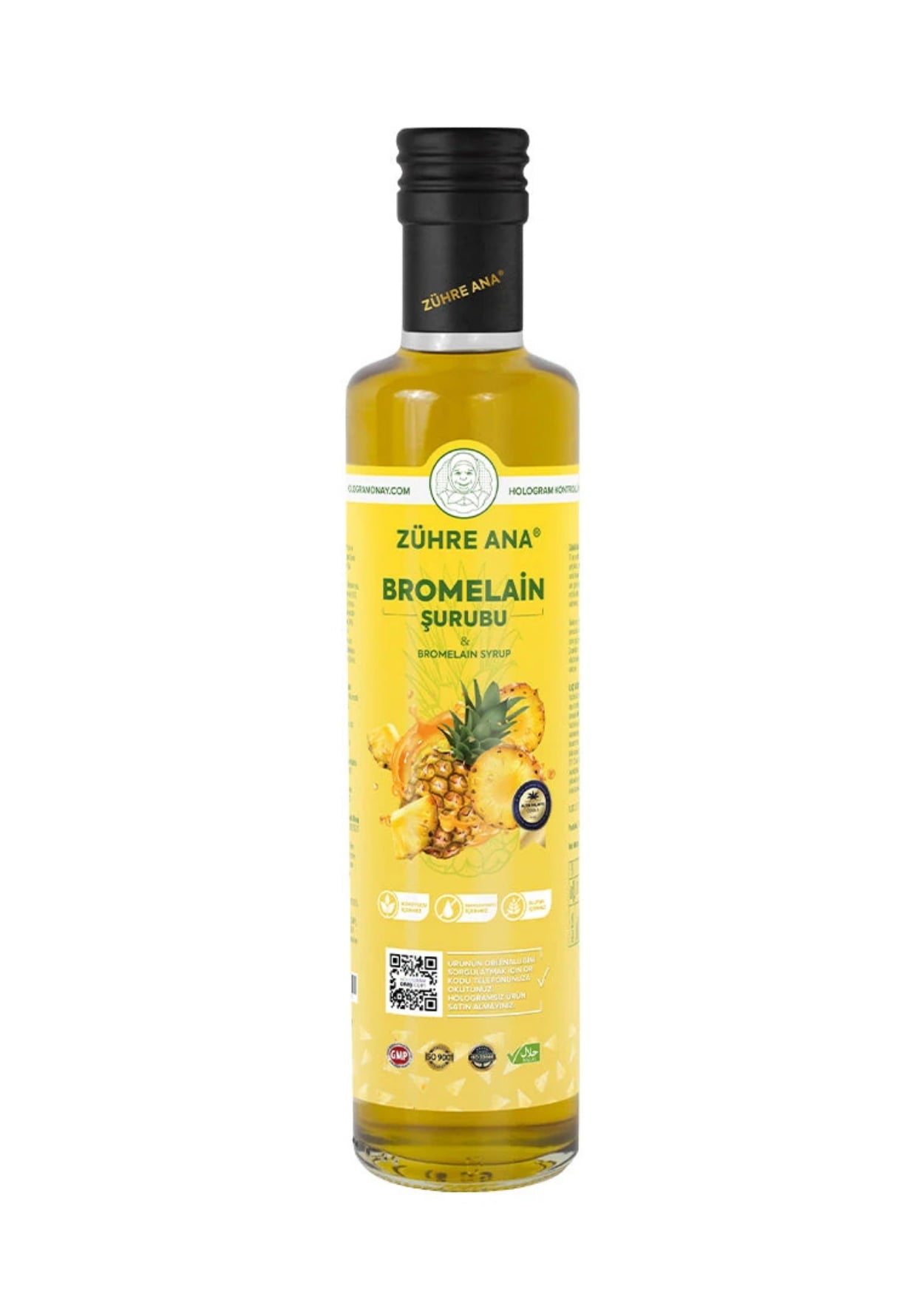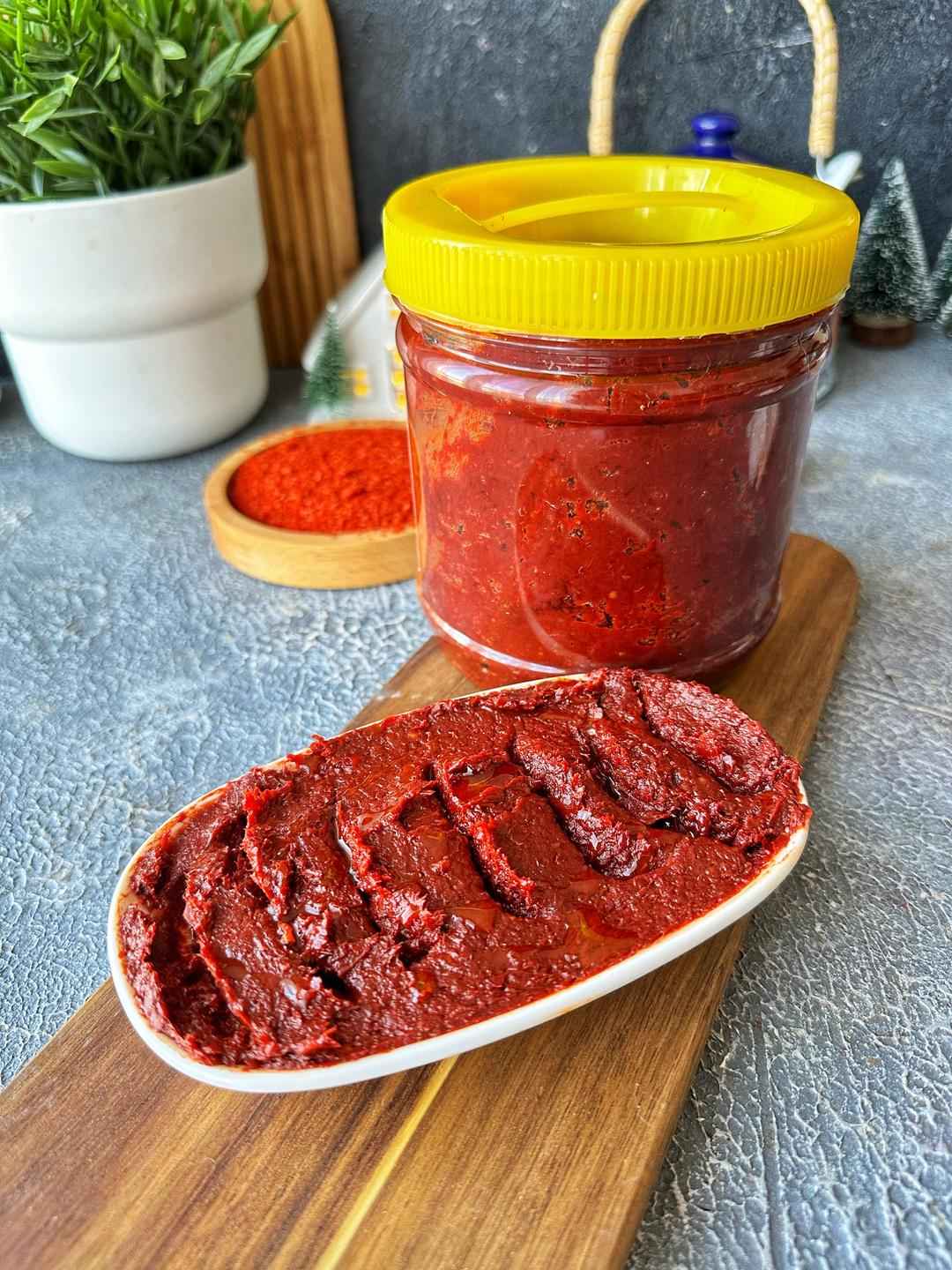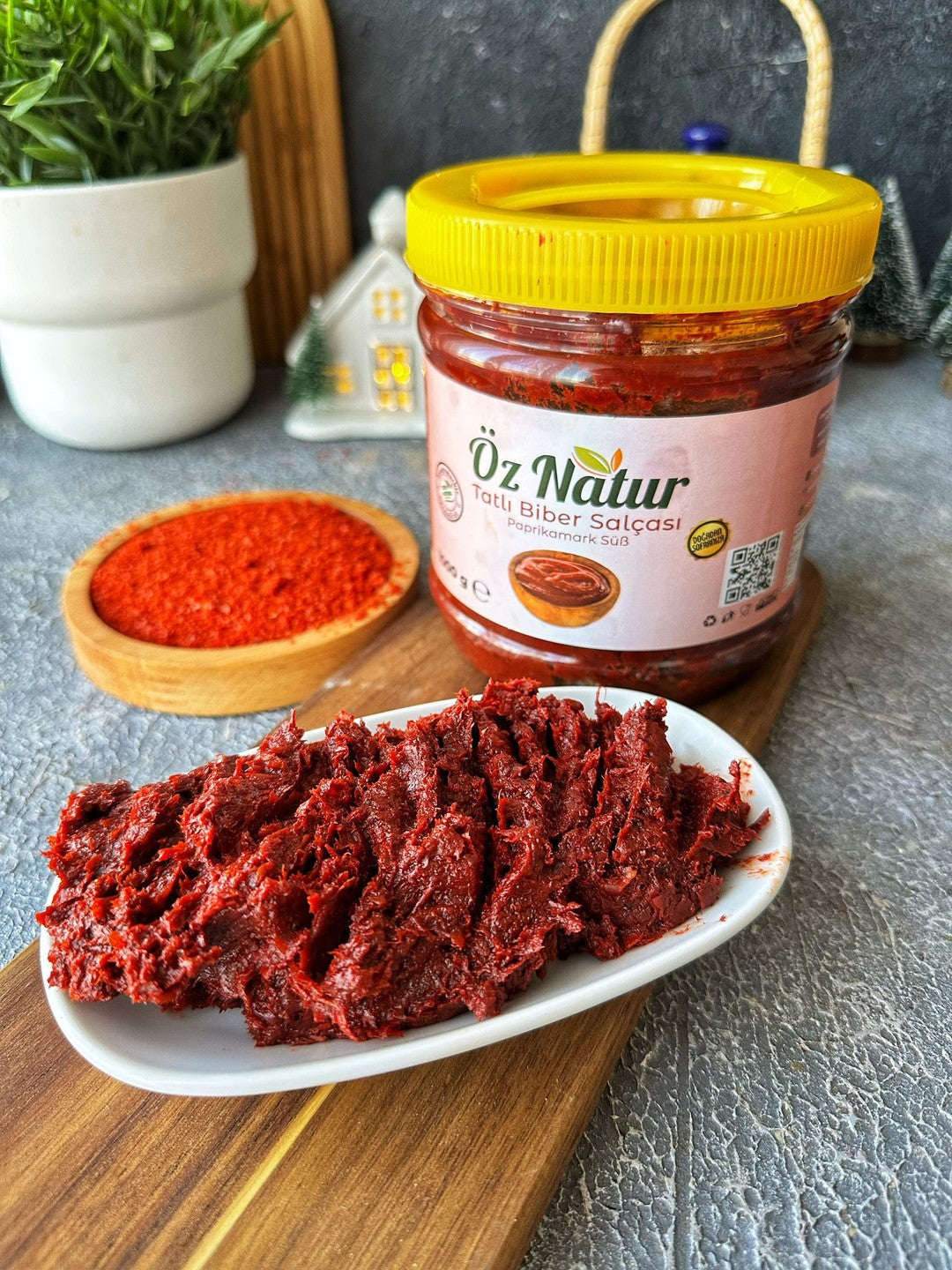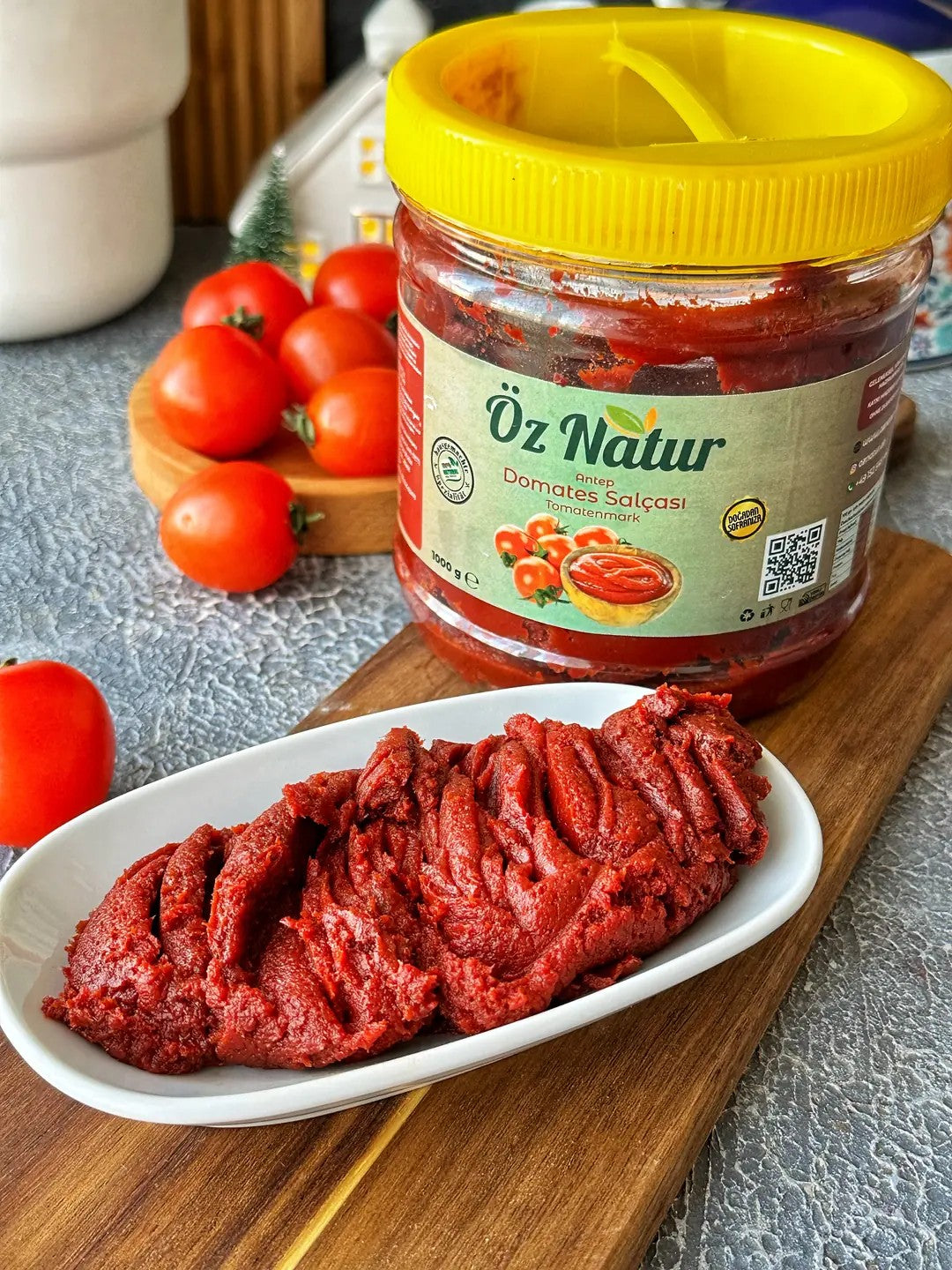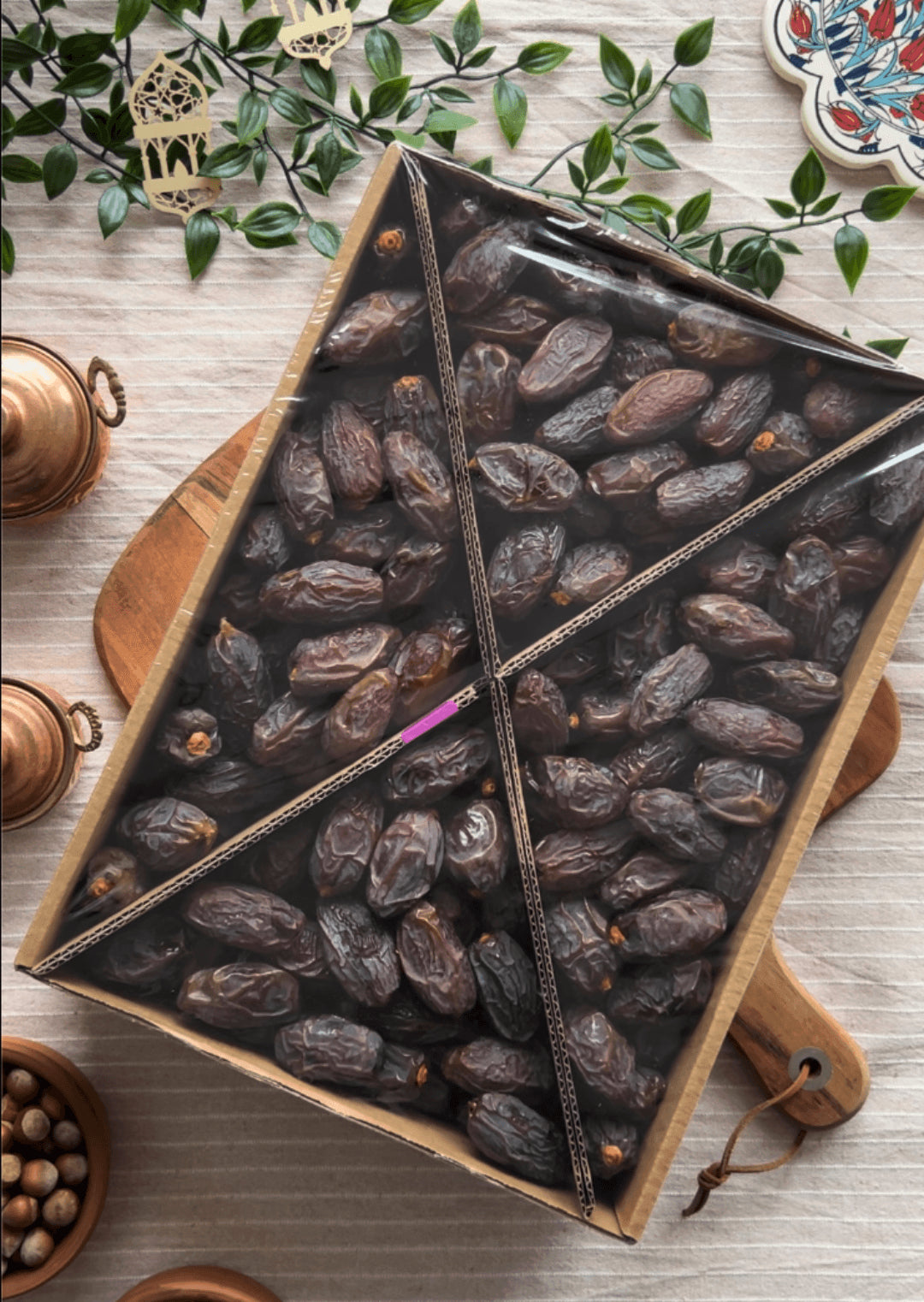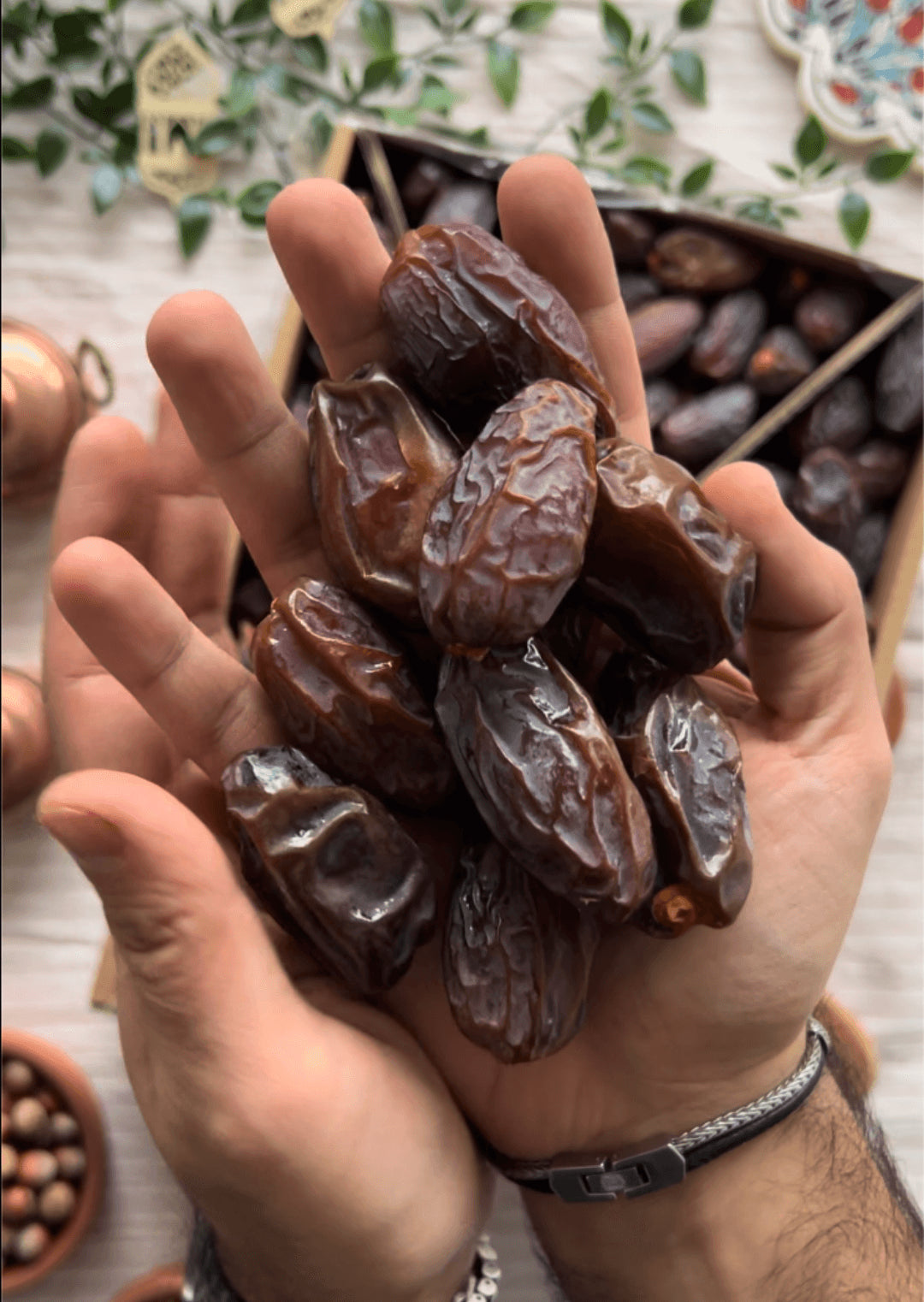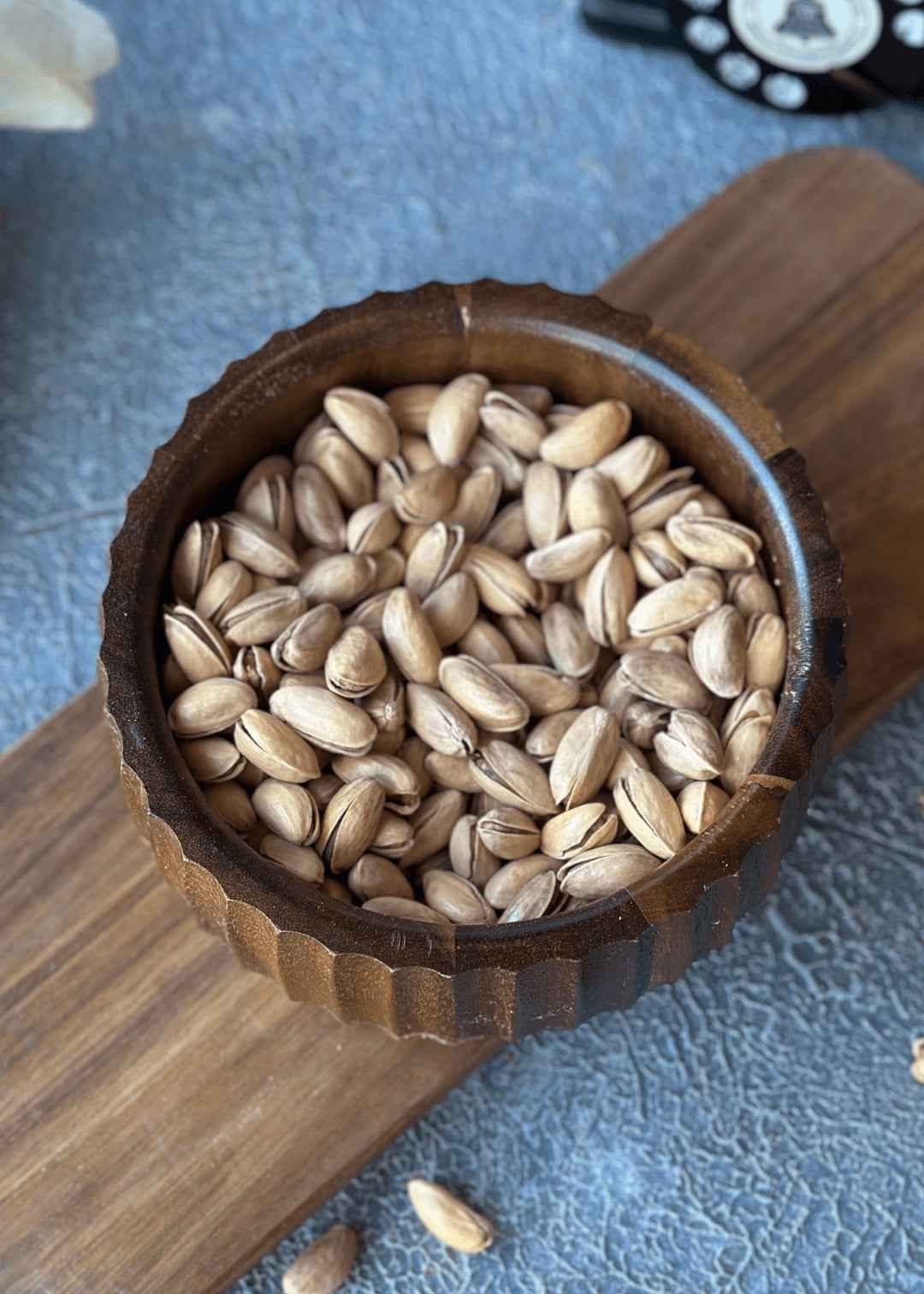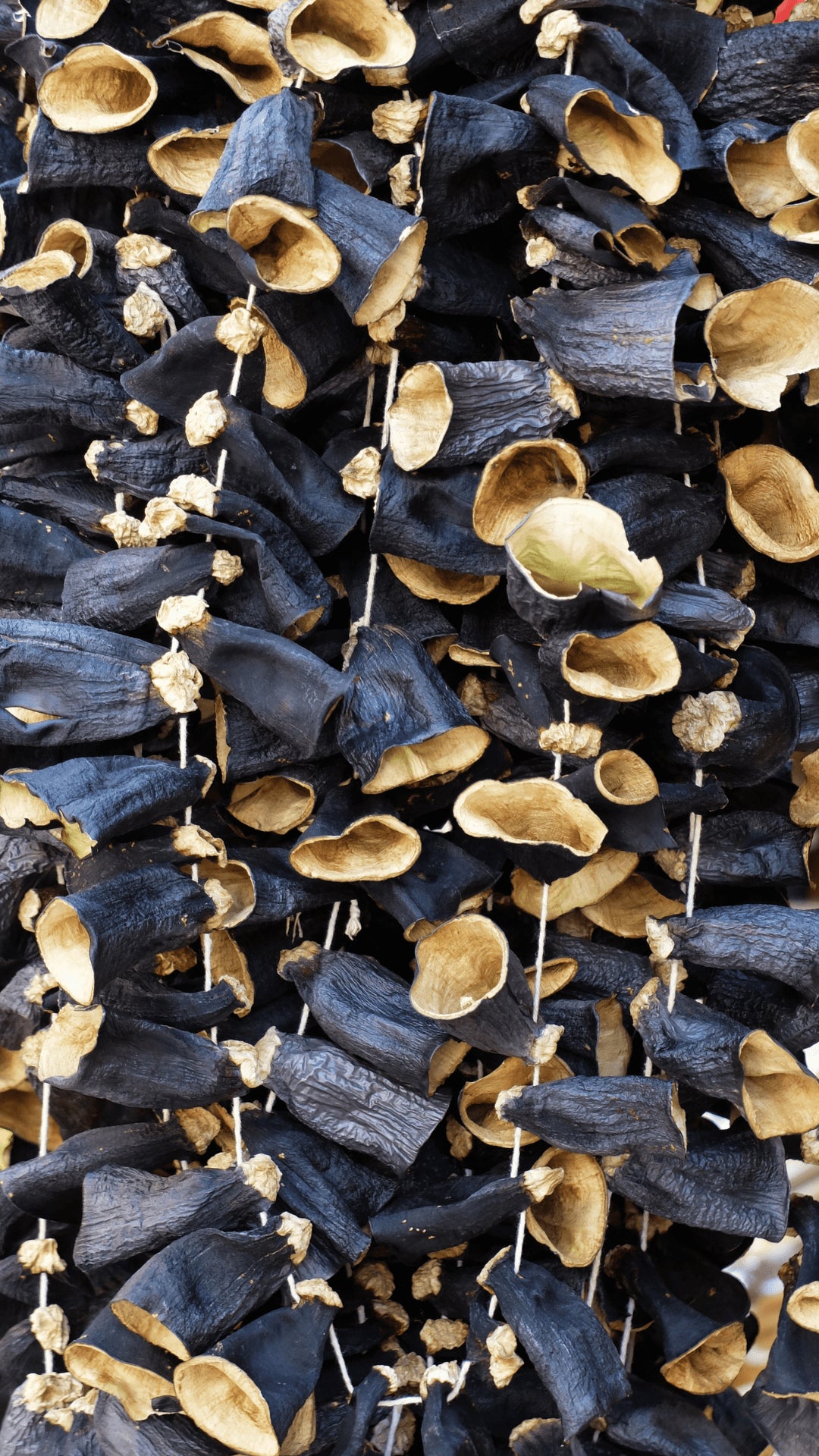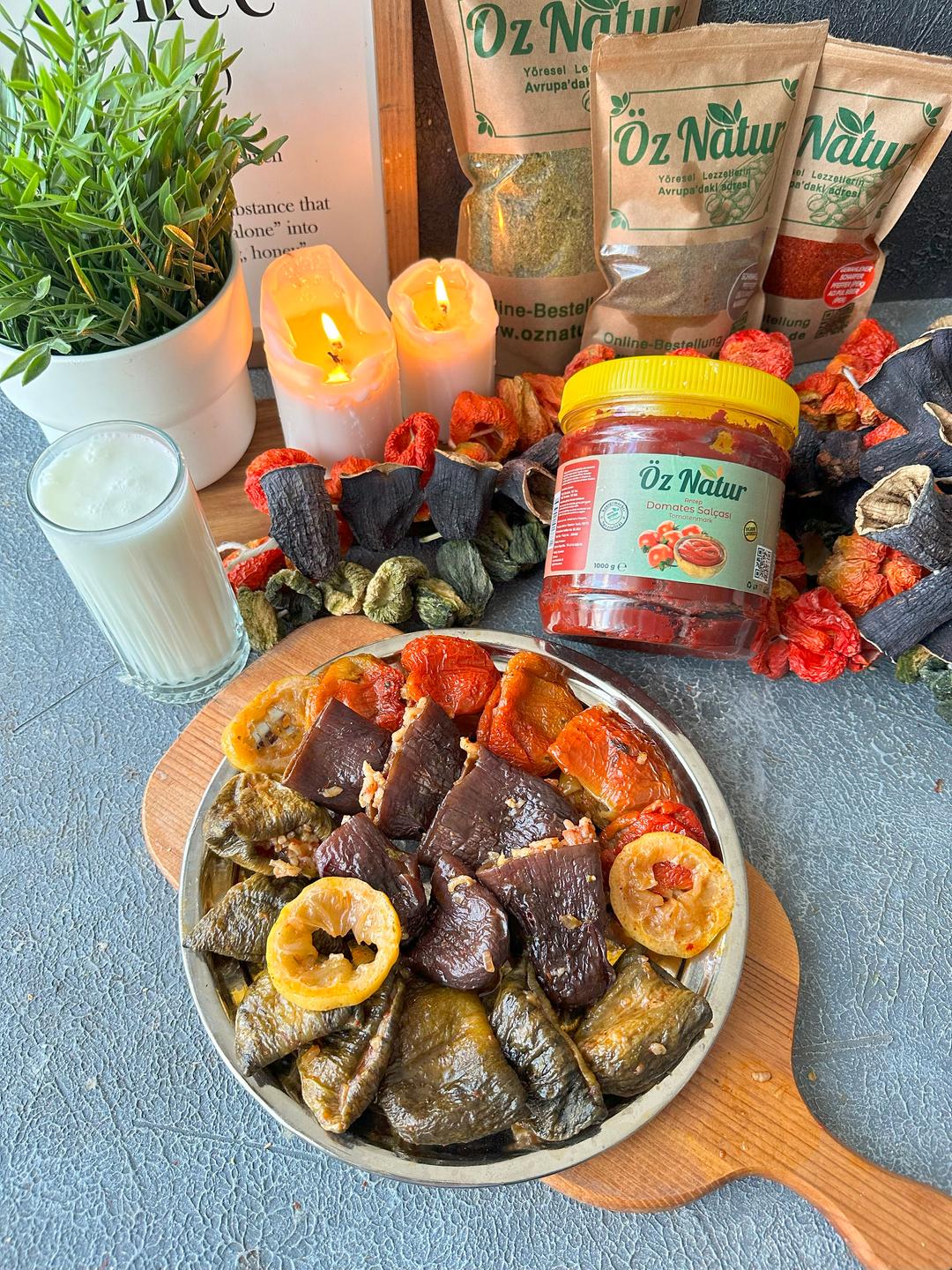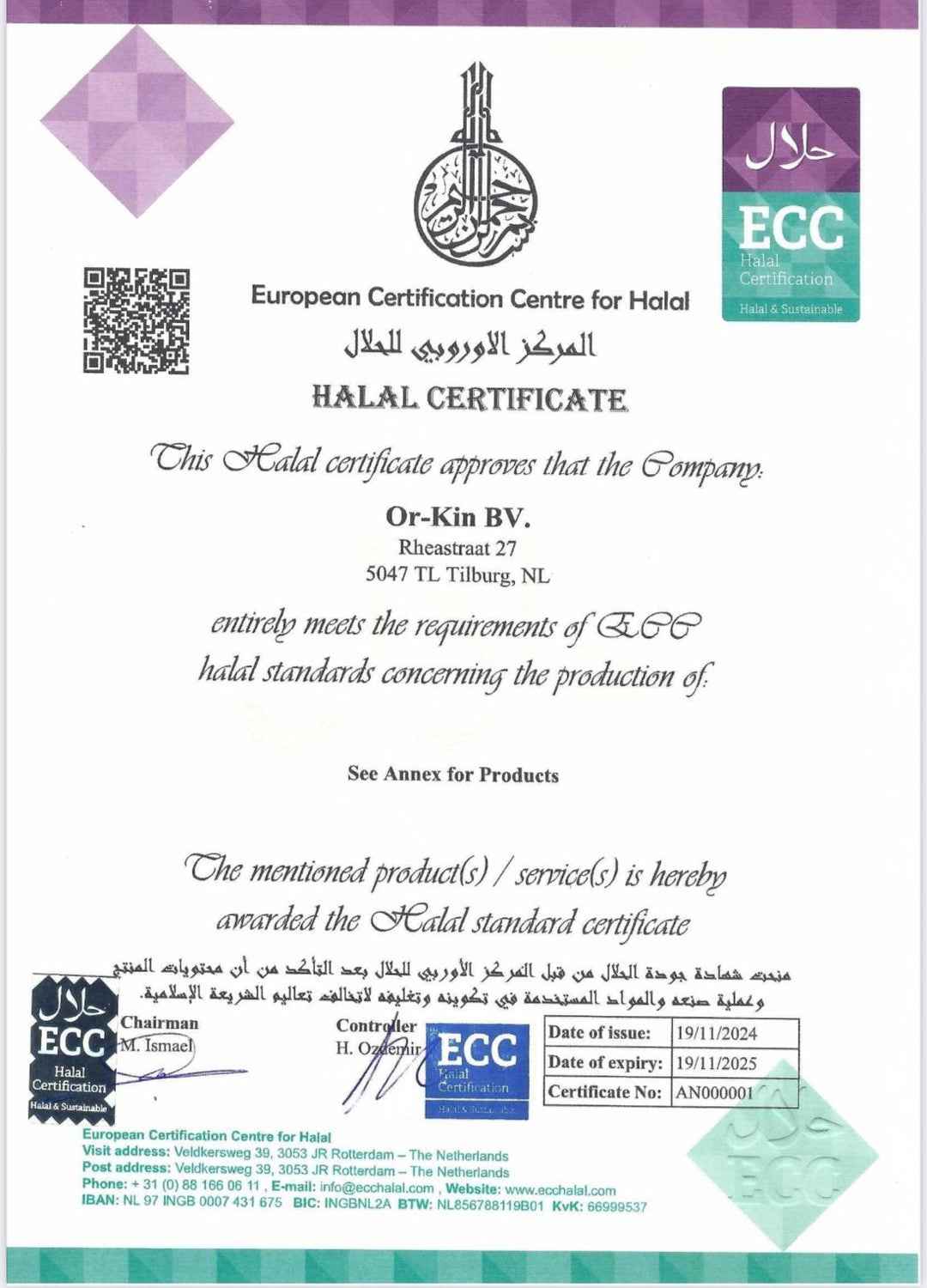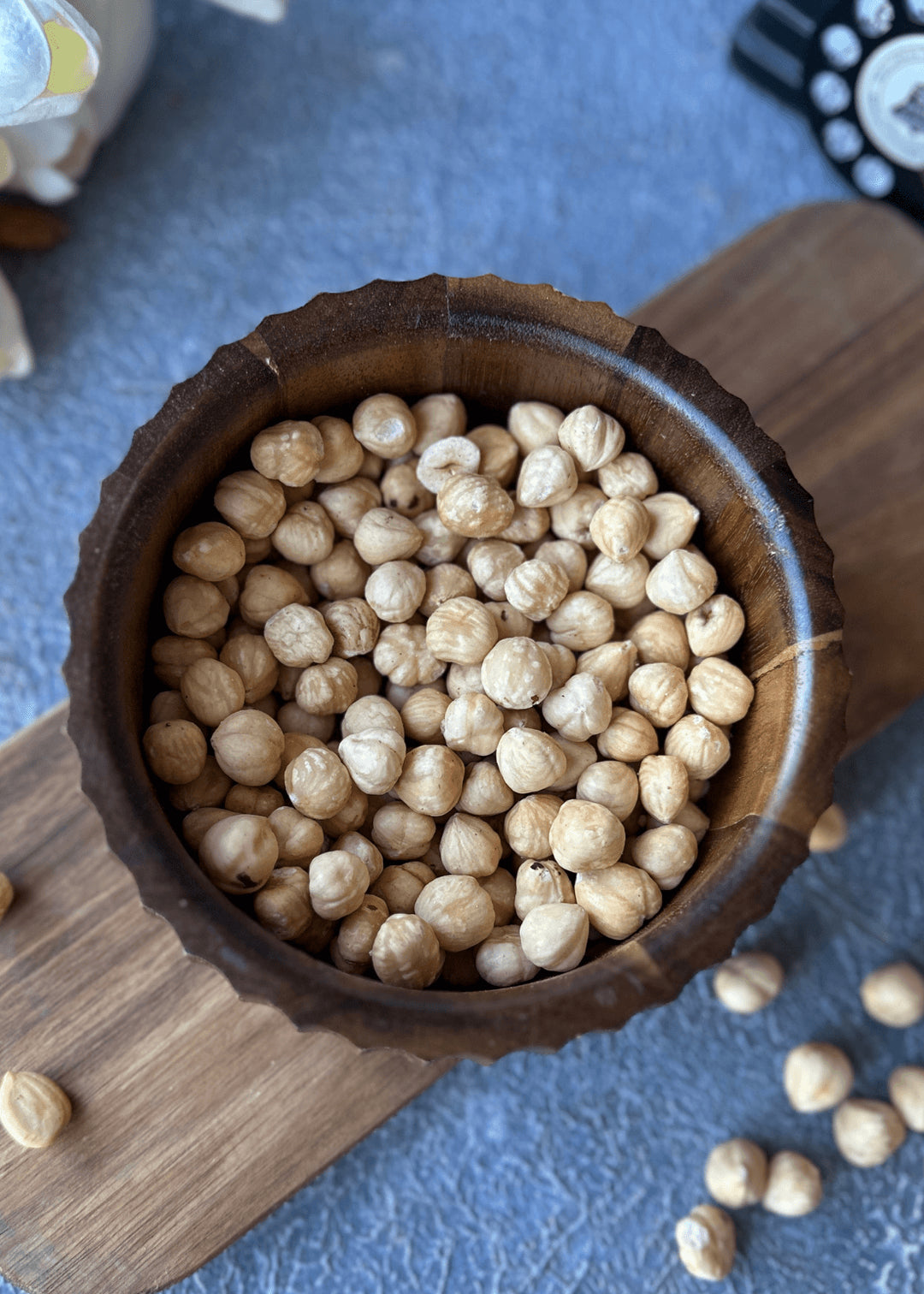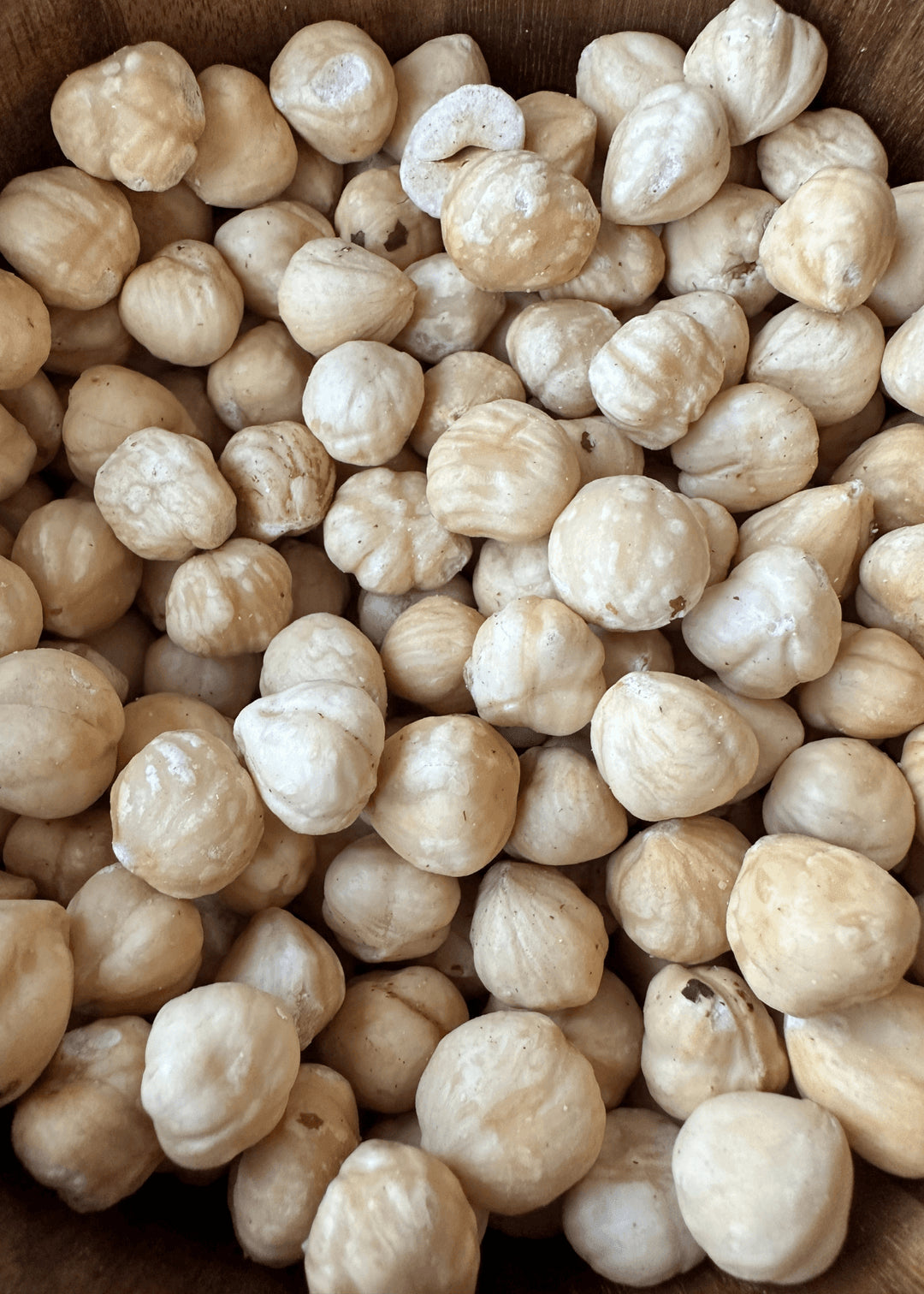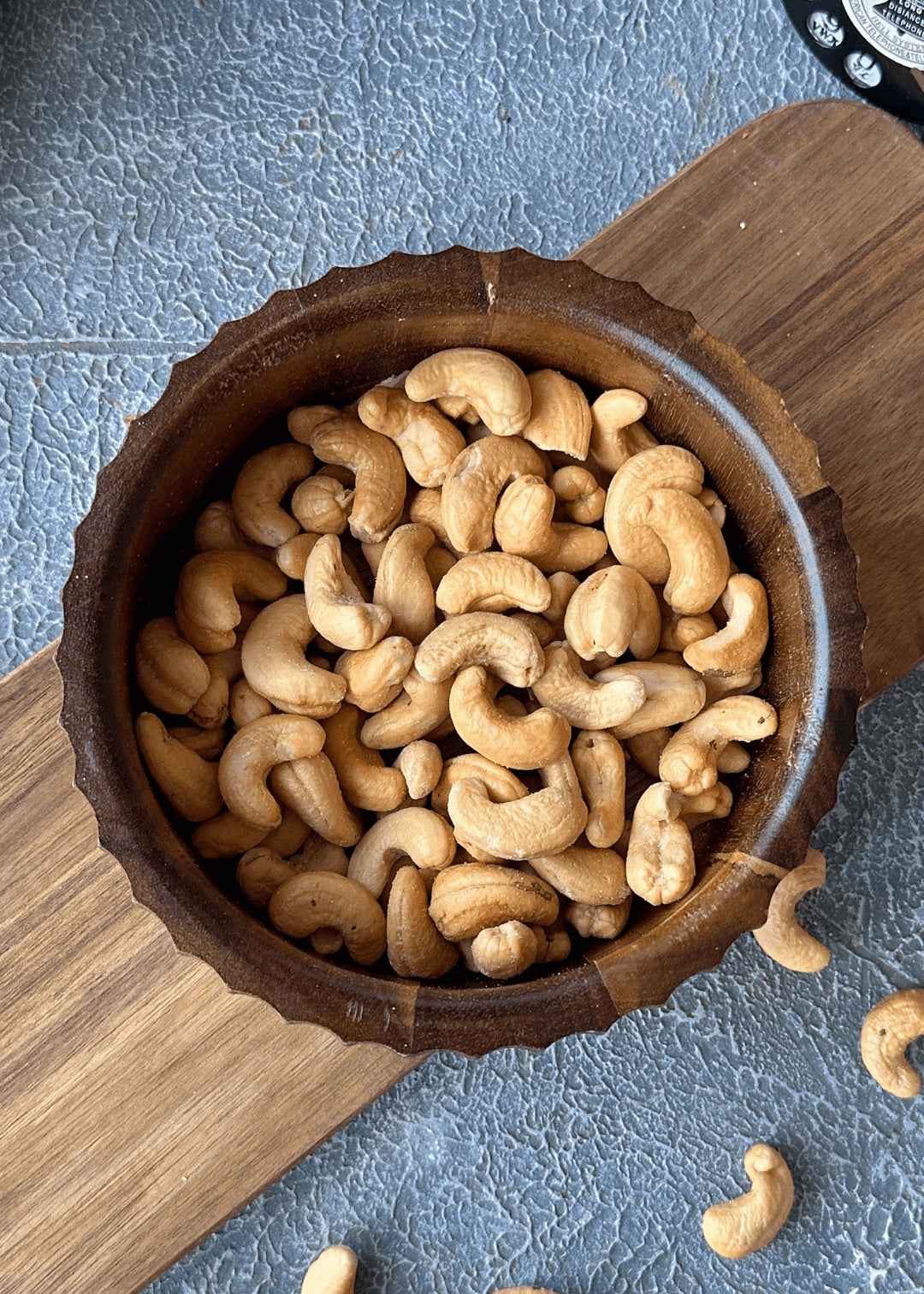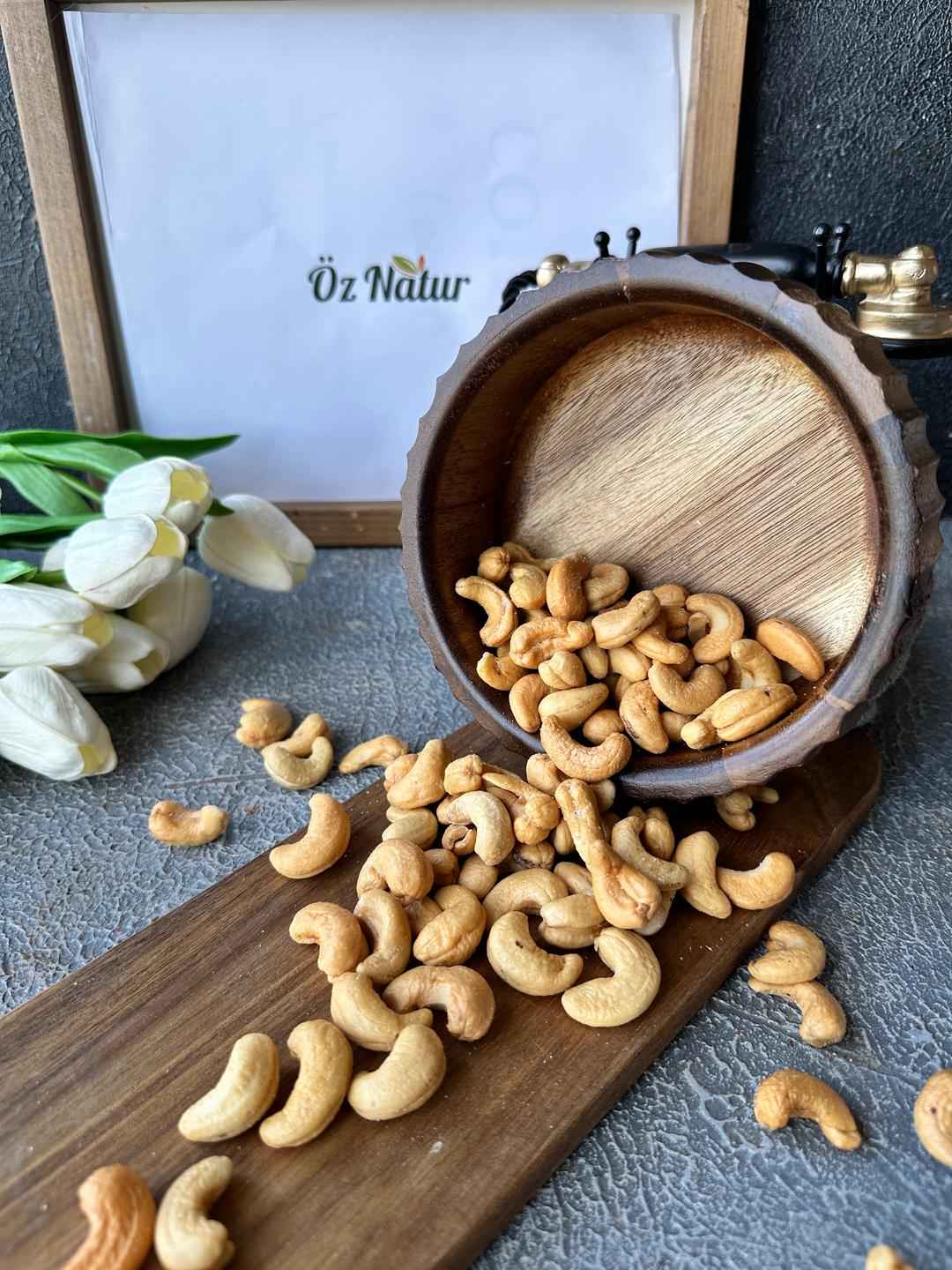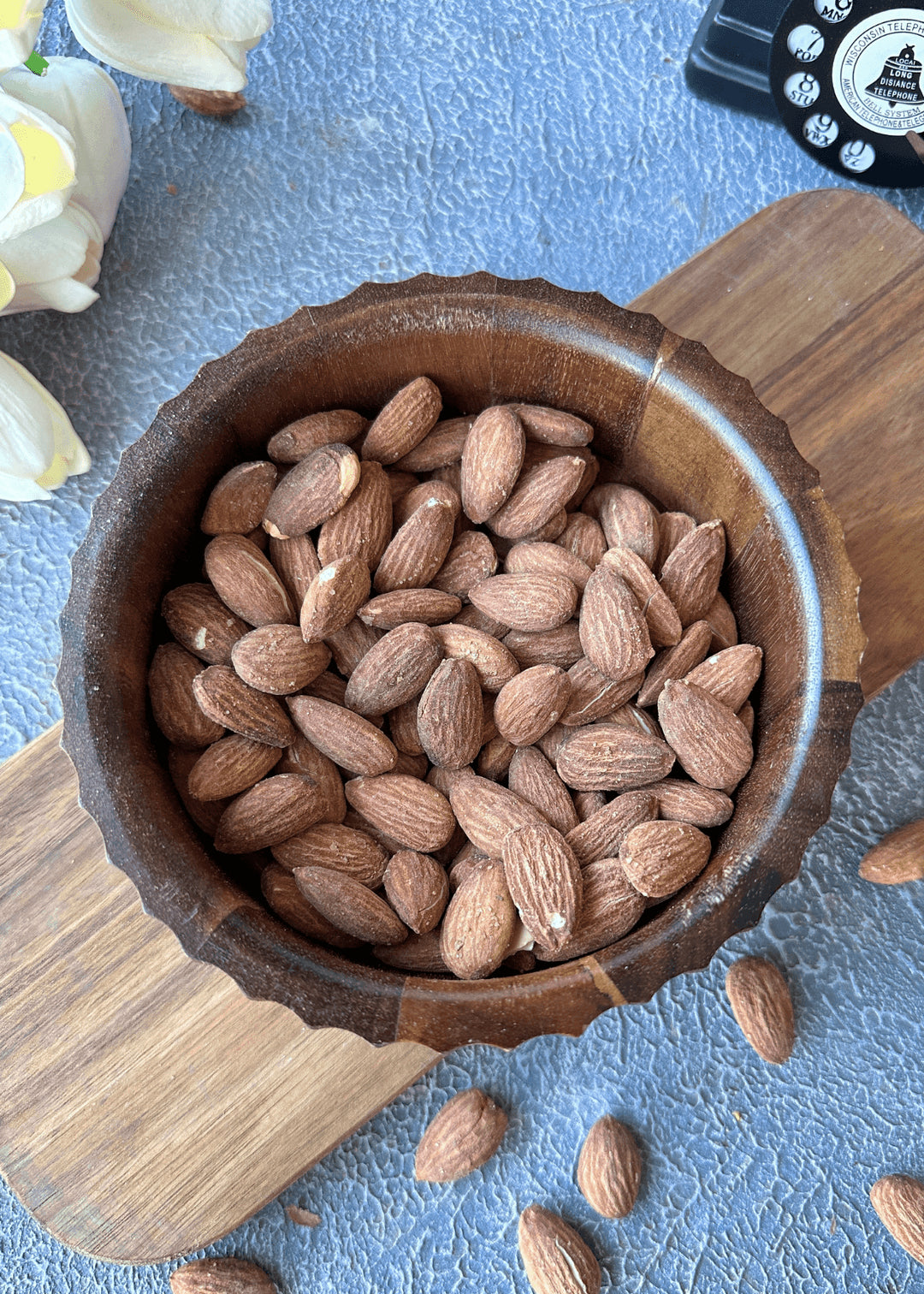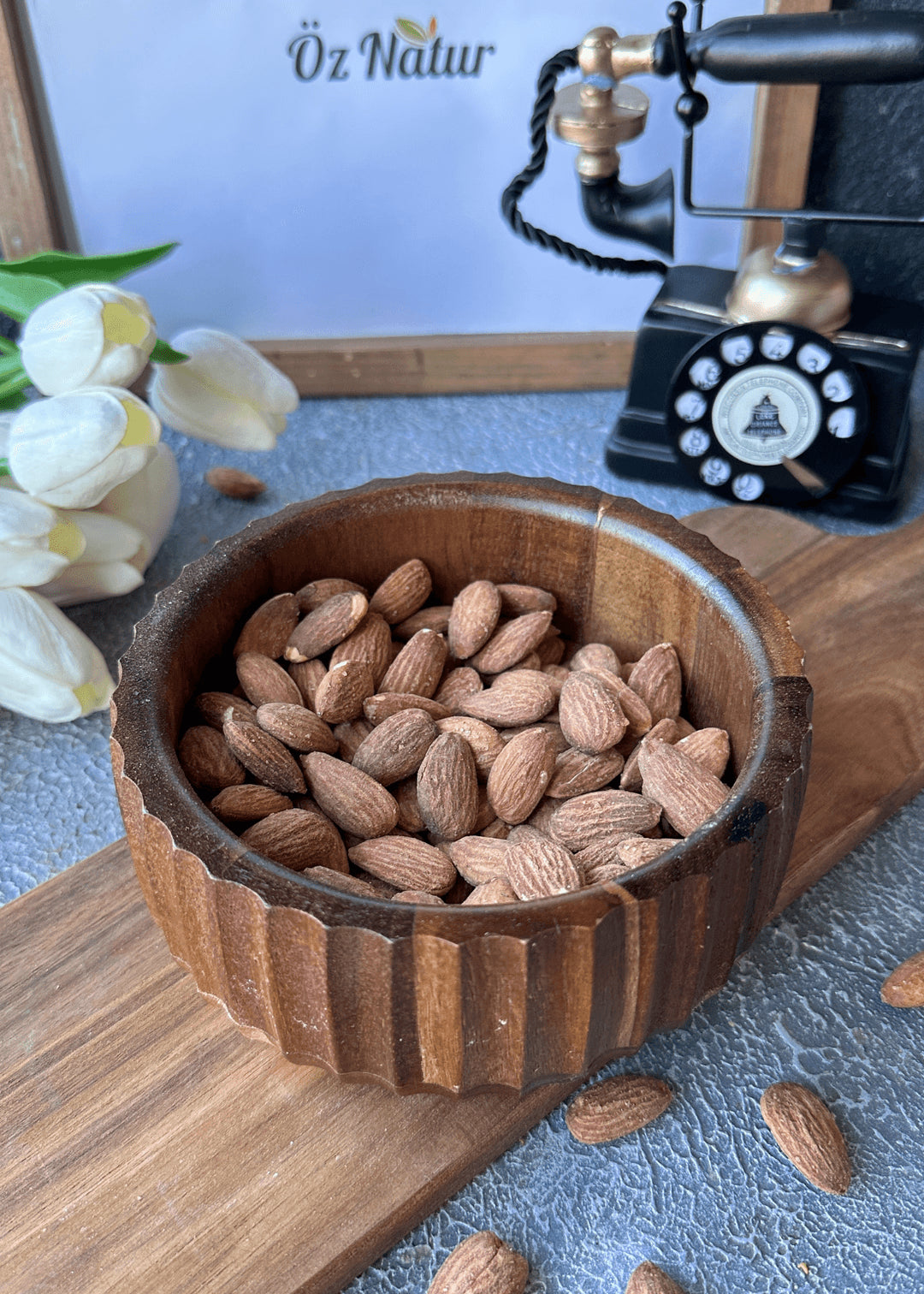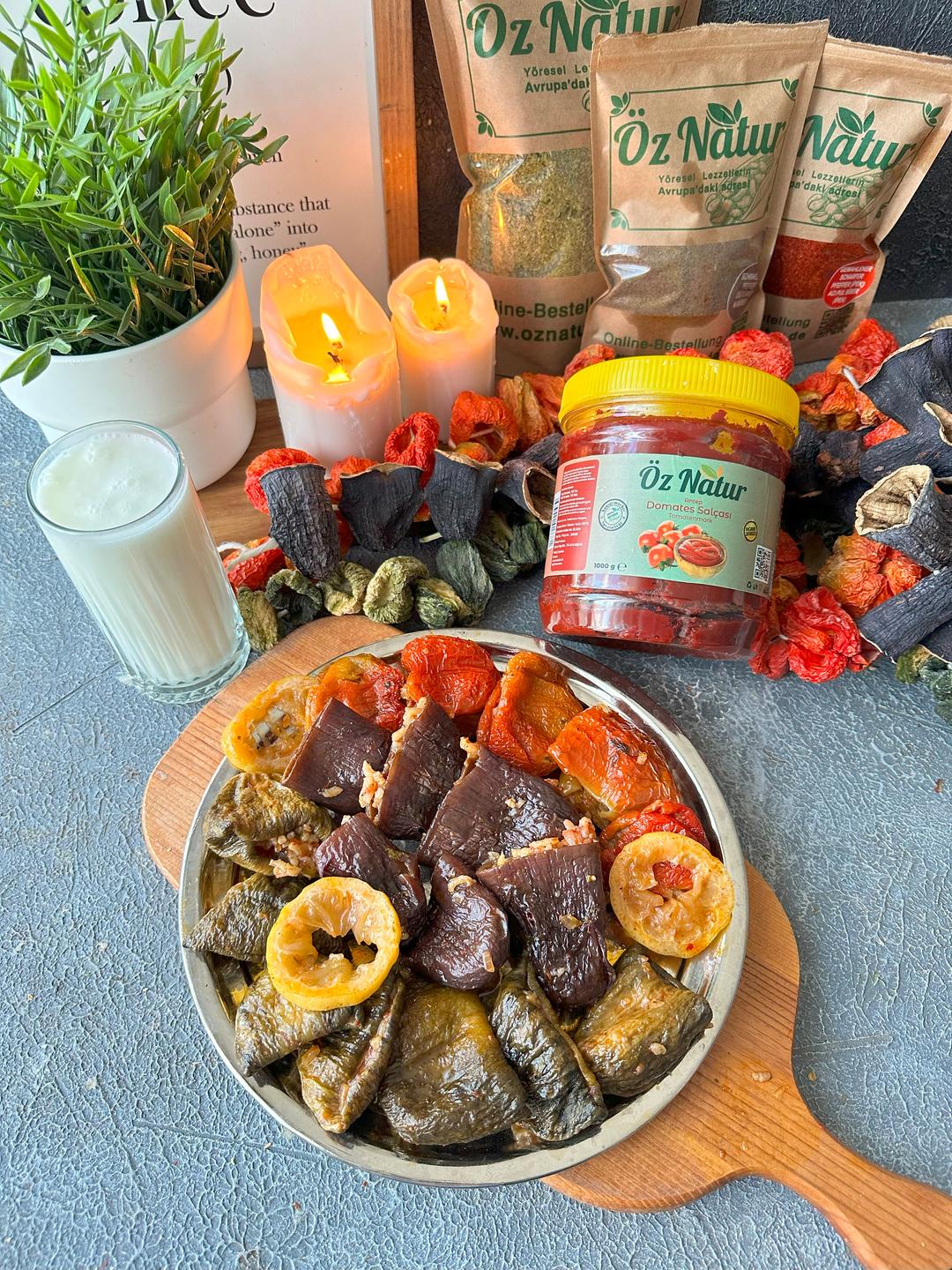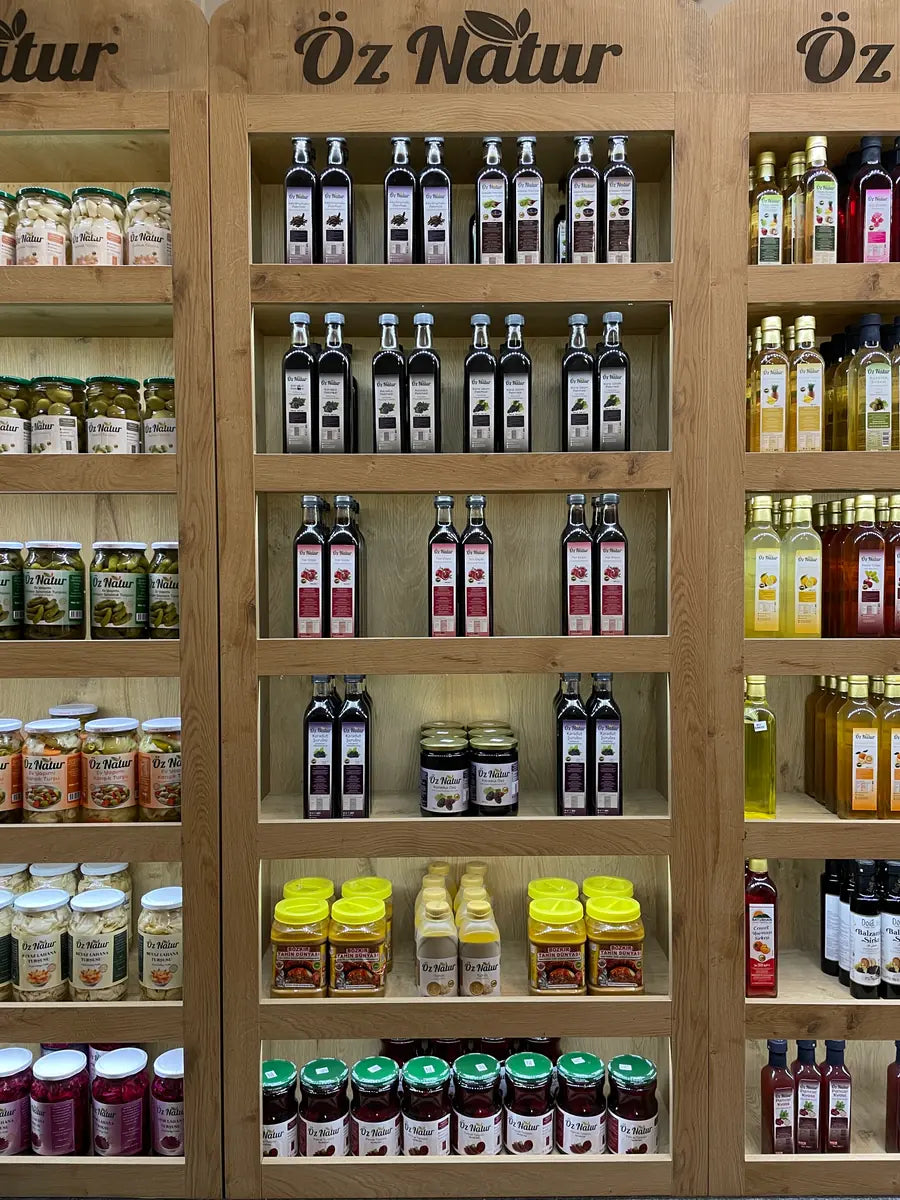Molasses is a thick, dark syrup that results from concentrating sugarcane or sugar beet juice through boiling. It has a deep, rich flavor and is utilized in various culinary applications, from baking to savory sauces.
How Is Molasses Made?
The production of molasses involves boiling sugarcane or sugar beet juice for extended periods. During boiling, foam is skimmed off to clarify the syrup. As the liquid thickens and darkens, molasses forms. Once it reaches the desired consistency, it is let to cool, filtered to remove impurities, and then bottled.
Types of Molasses
Molasses comes in several varieties, each with distinct flavor profiles and uses:
- Light Molasses: Obtained from the first boiling—lighter in color and mild in taste.
- Dark Molasses: Results from the second boiling—darker and with a stronger flavor.
- Blackstrap Molasses: Products of the third boiling—very dark, thick, and robust in flavor.
Additionally, molasses can be categorized by treatment:
- Sulphured Molasses: Treated with sulfur dioxide during processing.
- Unsulphured Molasses: Made from mature sugar plants and perceived as having purer flavor.
Culinary Uses of Molasses
Molasses is widely used in cooking and baking. Light molasses suits sweeter recipes like pancakes, dark molasses enhances dishes like gingerbread or barbecue sauce, and blackstrap molasses may be used in richer, more robust dishes. It can also be substituted with honey, corn syrup, maple syrup, or dark sugar depending on recipe needs.


